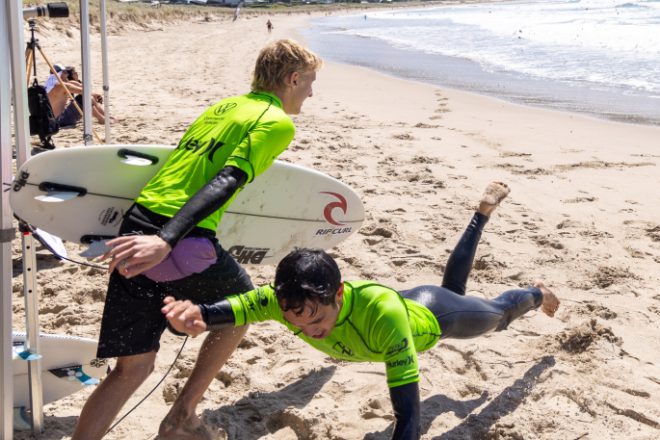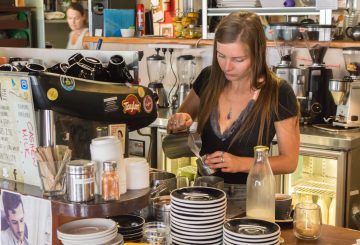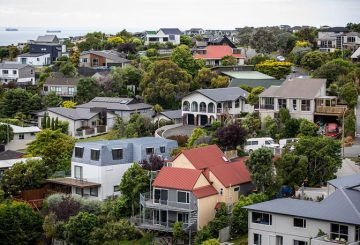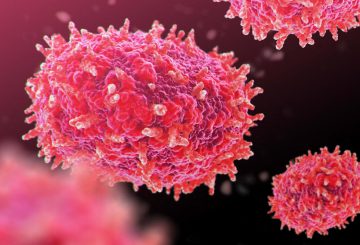Lễ hội lướt sóng trường học New Zealand sẽ diễn ra lần đầu tiên vào năm 2024. Sự kiện này sẽ được tổ chức vào tuần tới, vào ngày 19-20 tháng 3, tại Vịnh Maori, Muriwai, Auckland. Lễ hội sẽ có sự tham gia của các đội nam và nữ từ các trường học trên khắp đất nước, tất cả đều cạnh tranh để giành Cúp Cranch khai mạc.
Cho đến nay, 20 đội đã xác nhận sự tham gia của họ. Định dạng của lễ hội bao gồm một vòng đĩa, khuyến khích các trường tham gia và phát triển đội của họ cho các sự kiện trong tương lai.
Vùng Bay of Plenty, được biết đến với sức mạnh của nó trong lĩnh vực lướt sóng dành cho trẻ em, sẽ được đại diện bởi ba đội trường. Tauranga Boys College được coi là một trường yêu thích, với các vận động viên lướt sóng Joe Goodjohn và Tao Mouldey dẫn đầu đội ngũ năm người của họ.
Trường Trung học New Plymouth Boys và Trường Khu vực Whangamata cũng đang triển khai các đội mạnh. Đội nữ sinh của Mount Maunganui College, bao gồm đại diện New Zealand Pia Rogers và đại diện cơ sở Sophia Brock, dự kiến sẽ hoạt động tốt.
Một số trường Auckland, bao gồm Takapuna Grammar, Westlake Boys và Rangitoto College, cũng sẽ tham gia. Crank Cup của lễ hội được đặt tên để vinh danh Carol Cranch, người đã khởi xướng chương trình lướt sóng ở trường New Zealand vào cuối những năm 80.
Lễ hội là một phần của lịch School Sport New Zealand và bao gồm cả vòng Cup và Plate. Sự kiện này nhằm mục đích thúc đẩy lướt sóng đến nhiều trường hơn và khuyến khích sự tham gia của nhóm.
Lễ hội lướt sóng trường học New Zealand 2024 sẽ diễn ra từ 8:00 sáng đến 4:00 chiều vào ngày 19-20 tháng 3. Để biết thêm thông tin, hãy liên hệ với Ben Kennings tại Surfing New Zealand. Tỷ số trực tiếp và kết quả sẽ có trên LiveHeats.com/SurfingNewZealand. Bạn cũng có thể theo dõi sự kiện trên phương tiện truyền thông xã hội bằng cách sử dụng hashtag #nzschoolsurffest và #schoolsportnewzealand.






























































